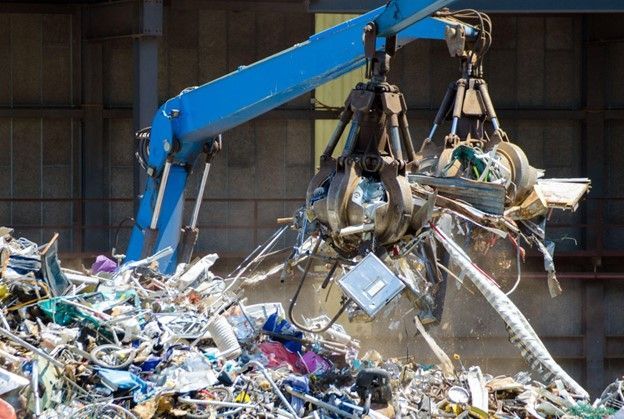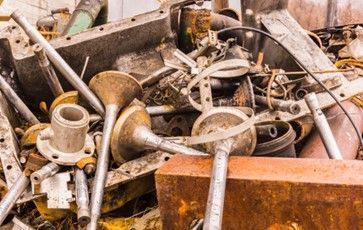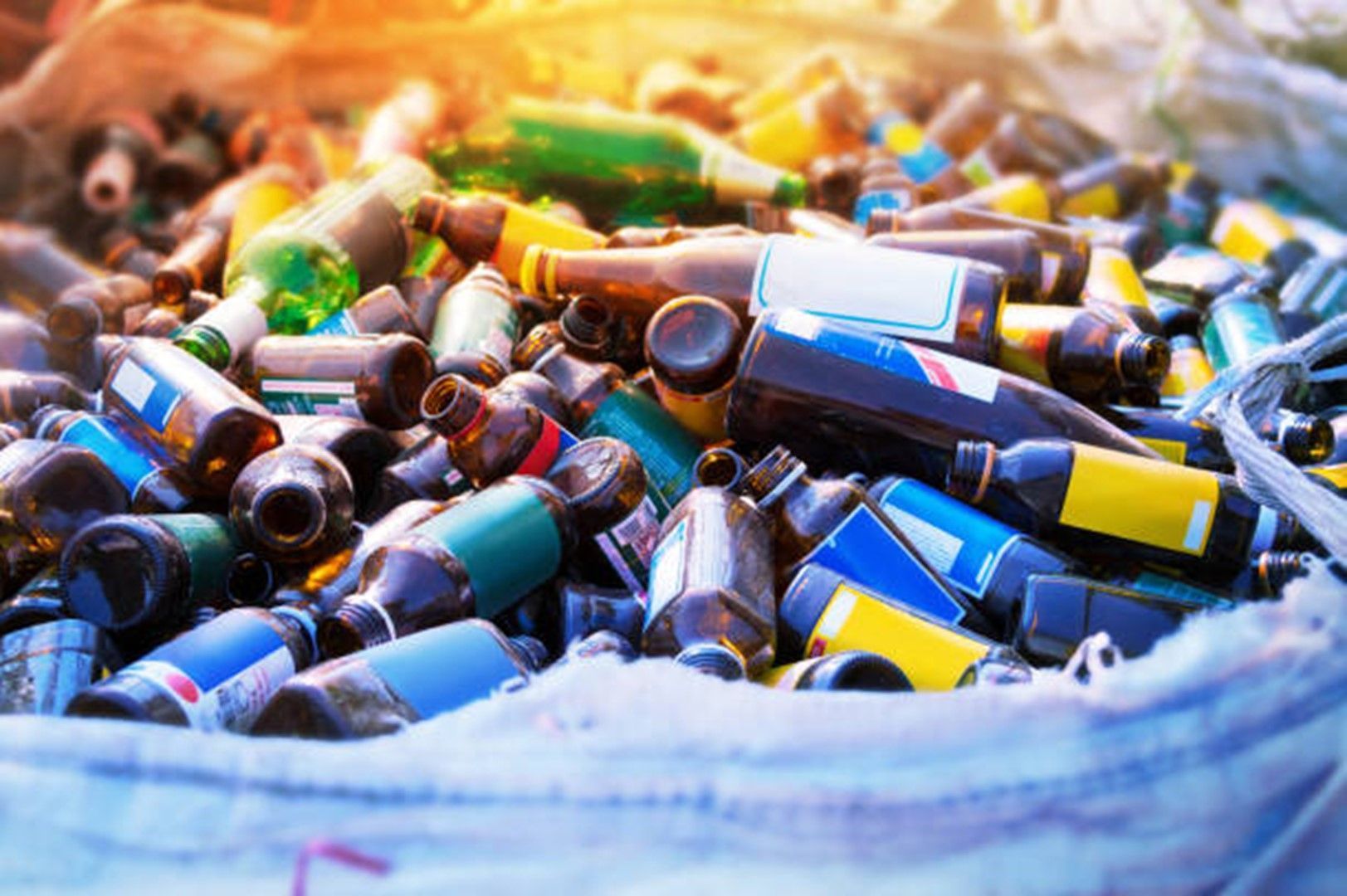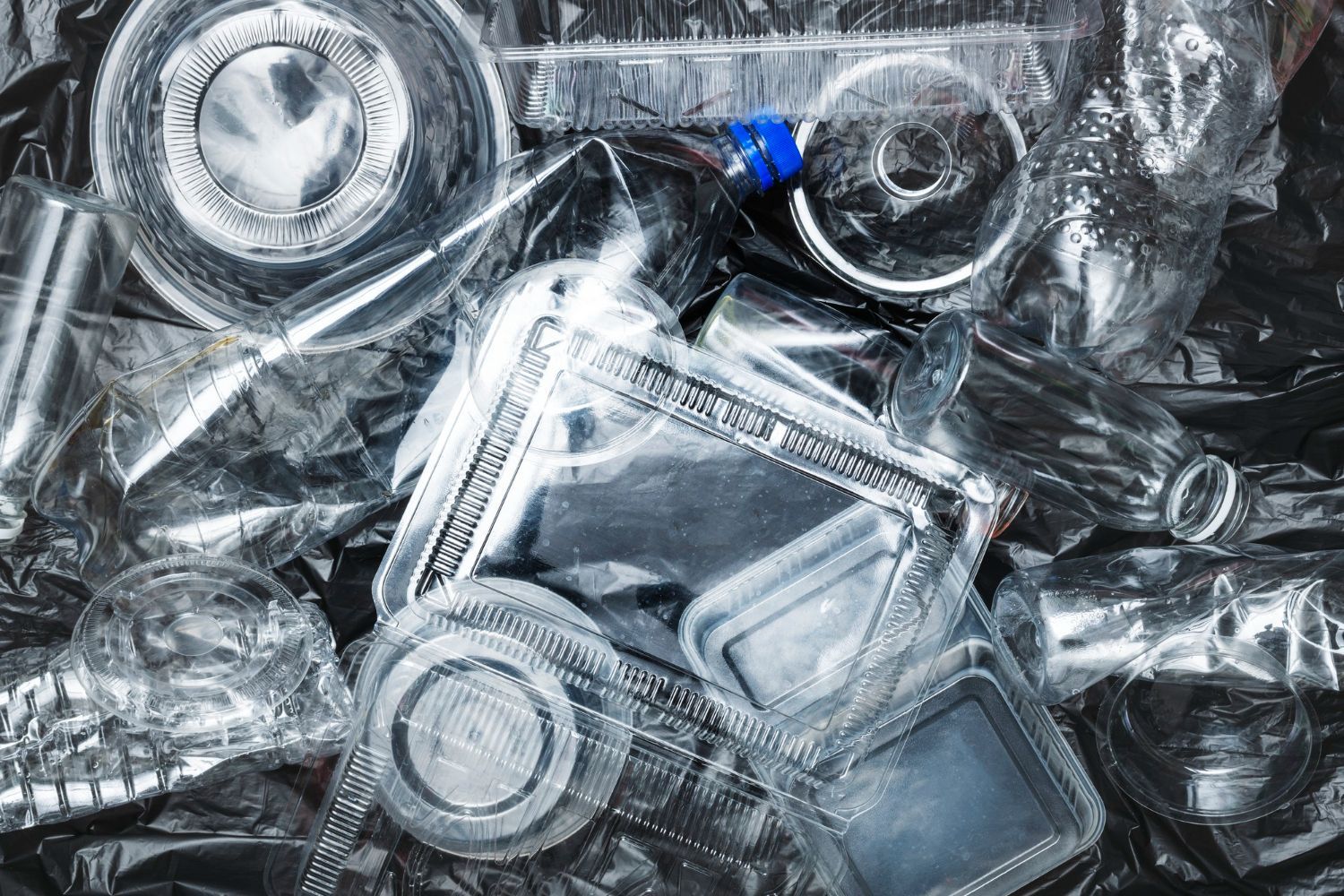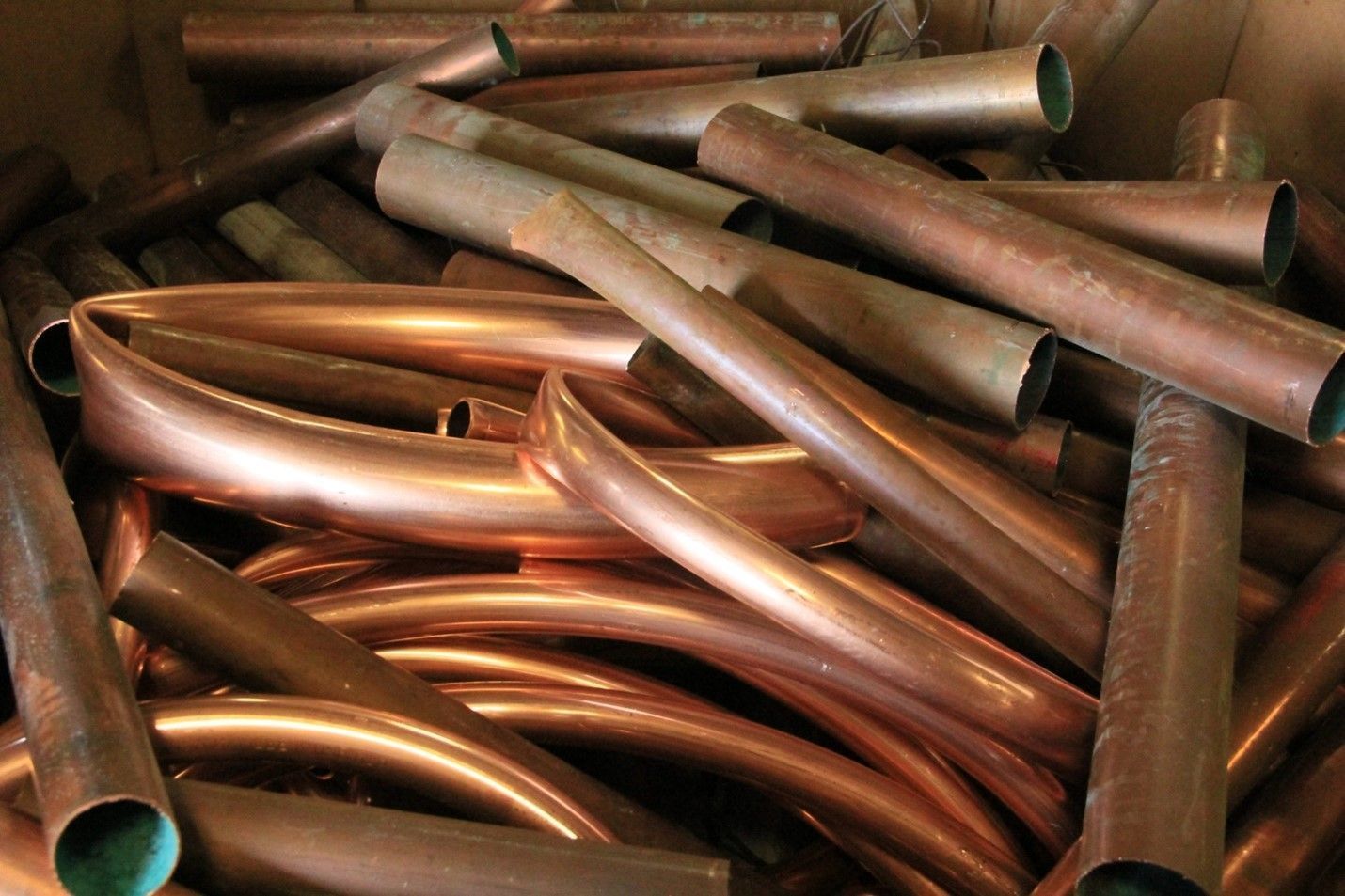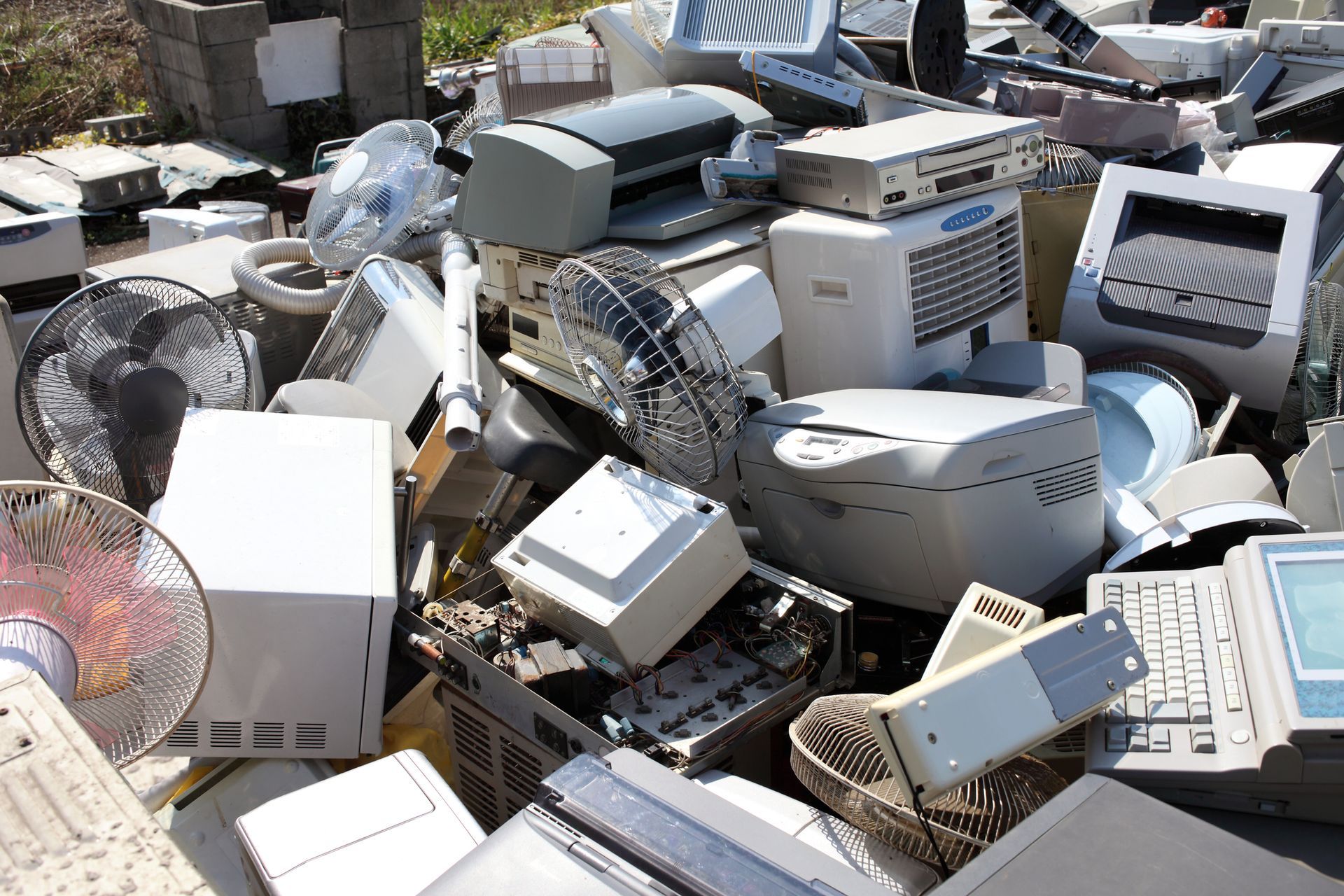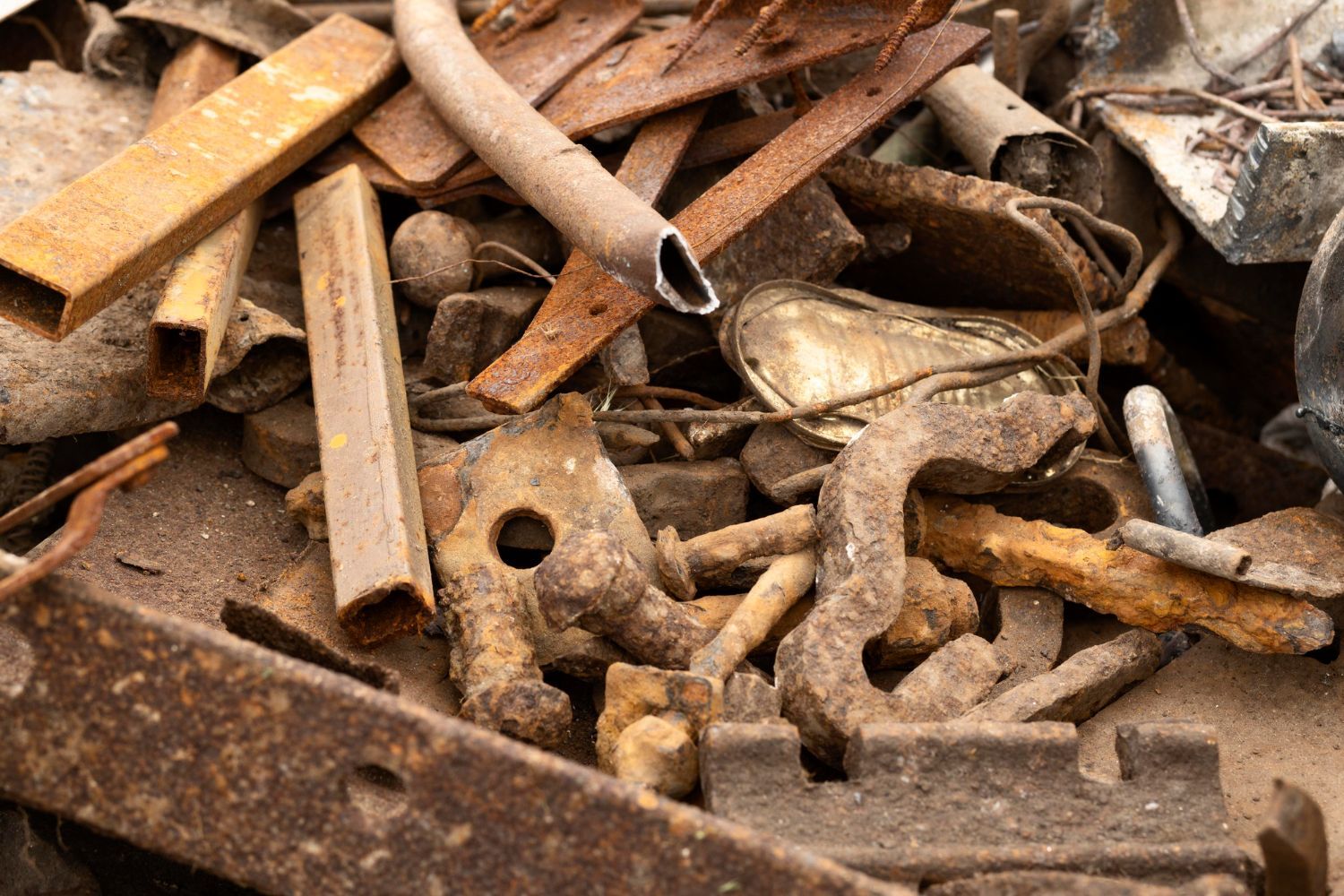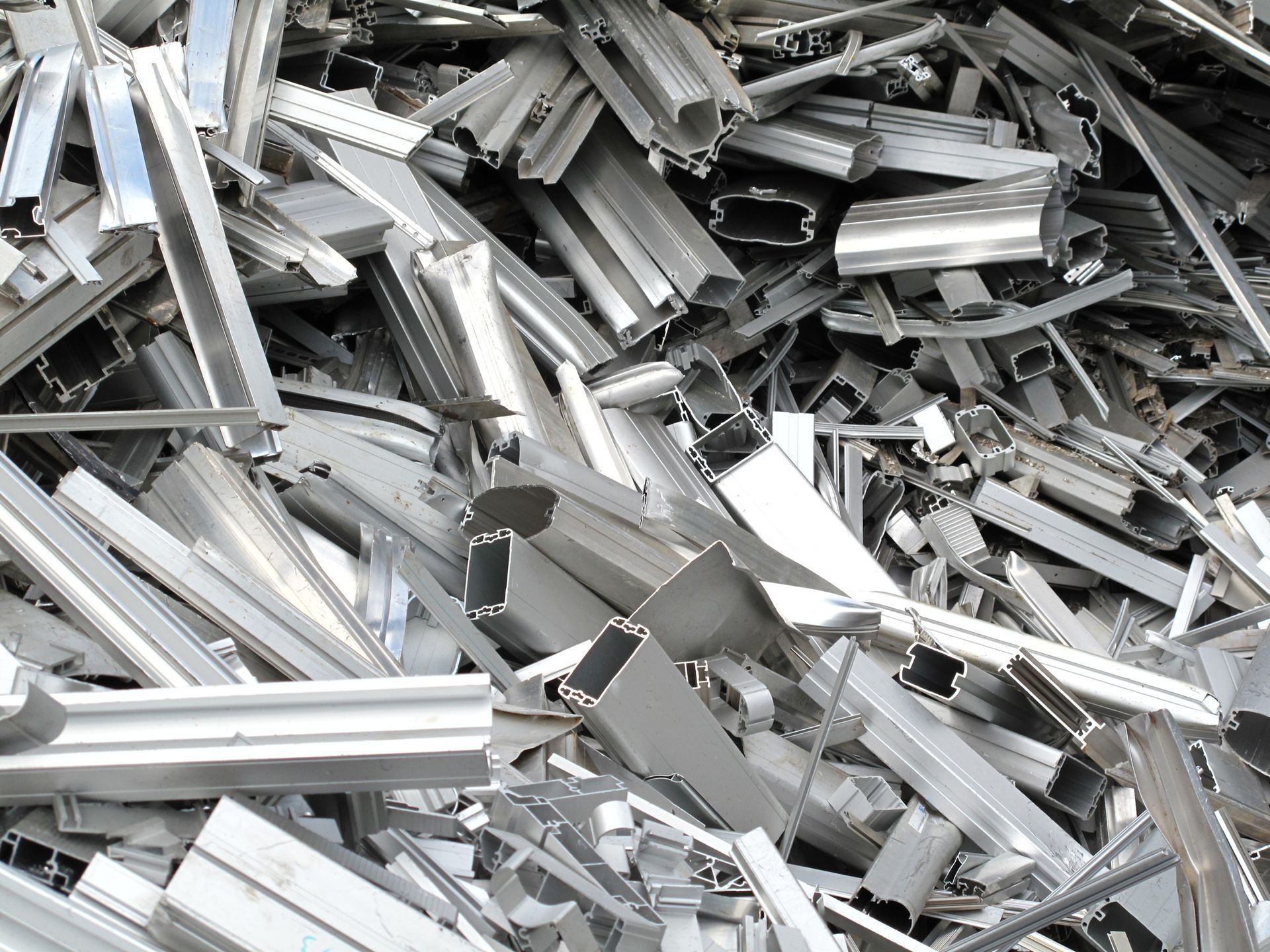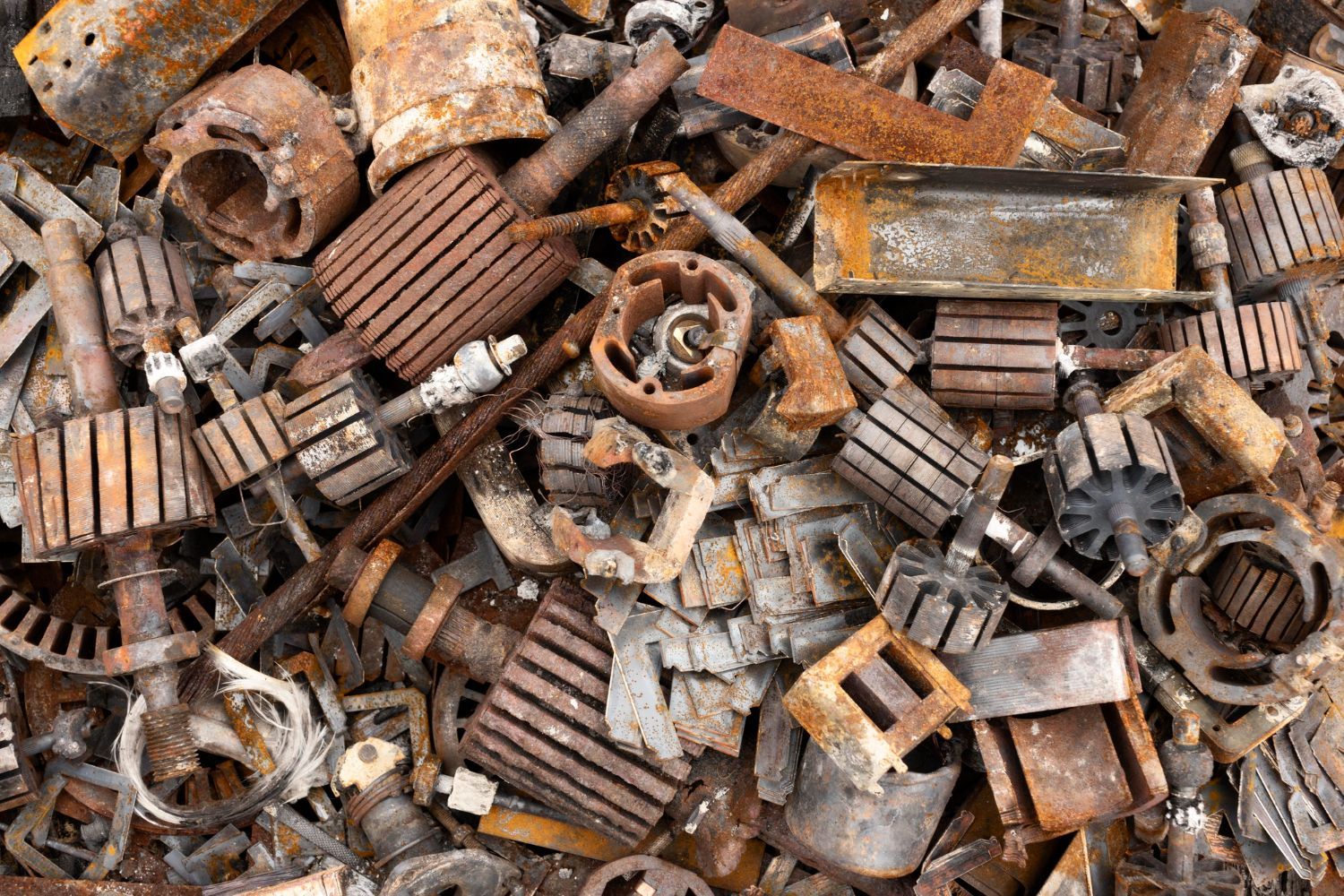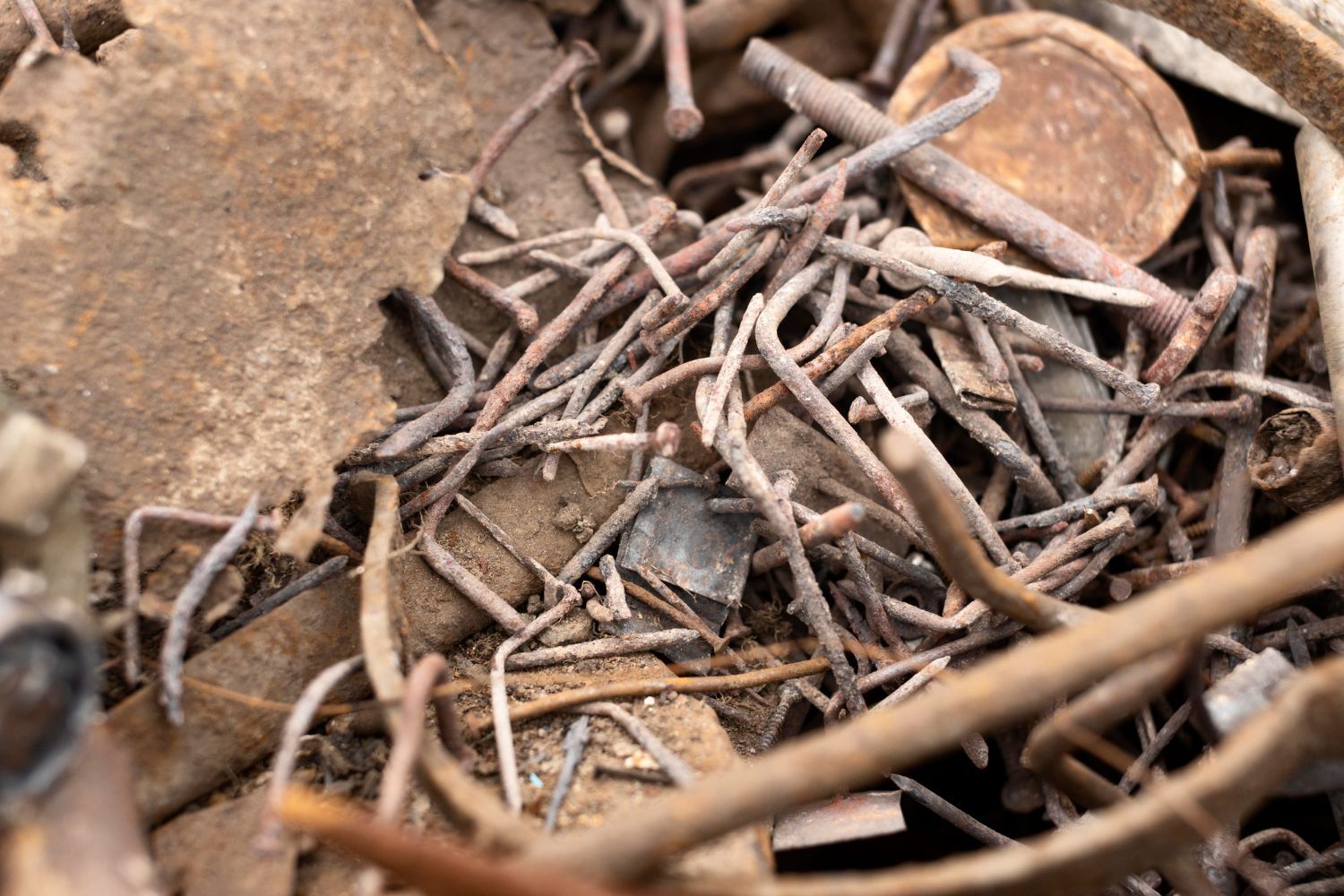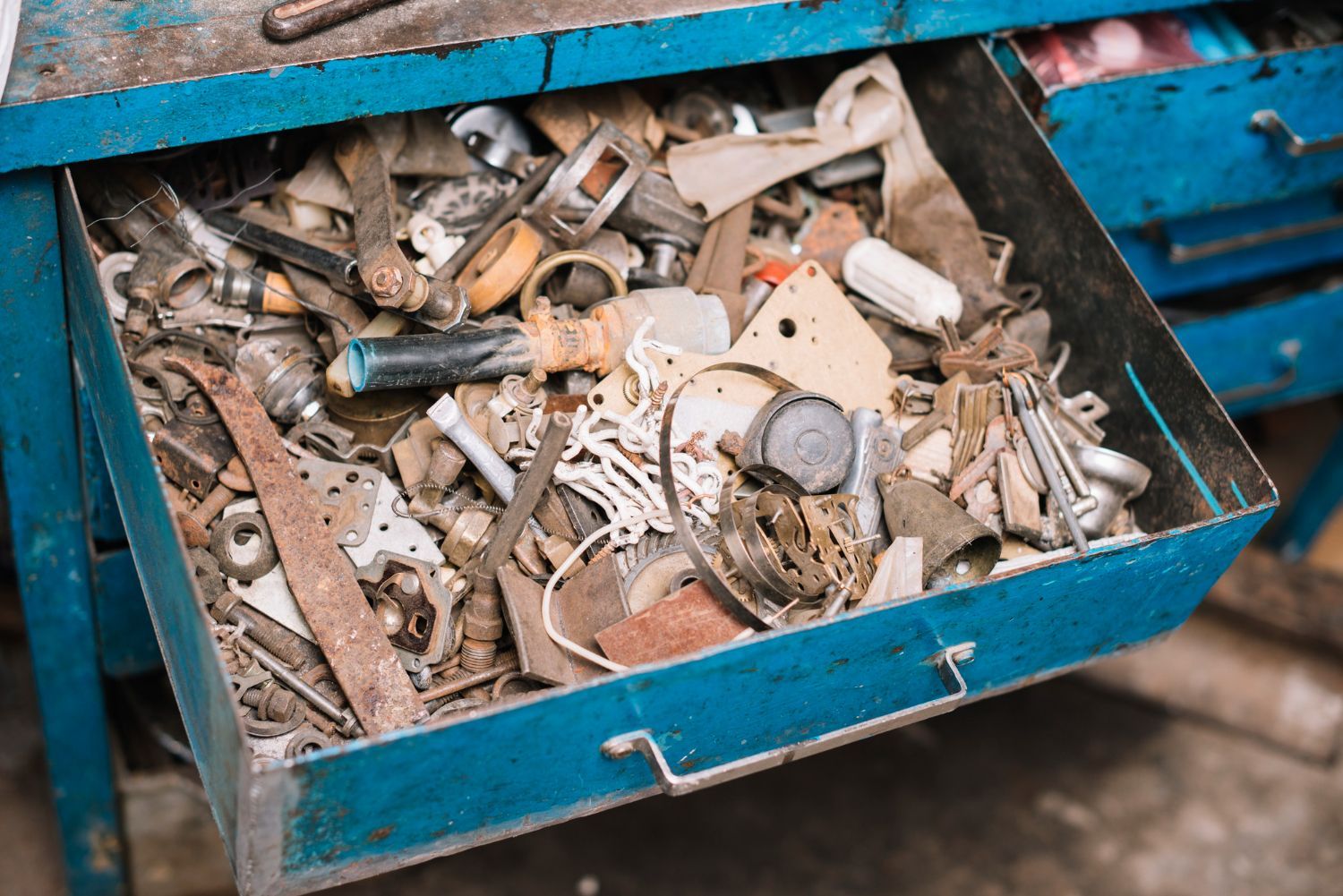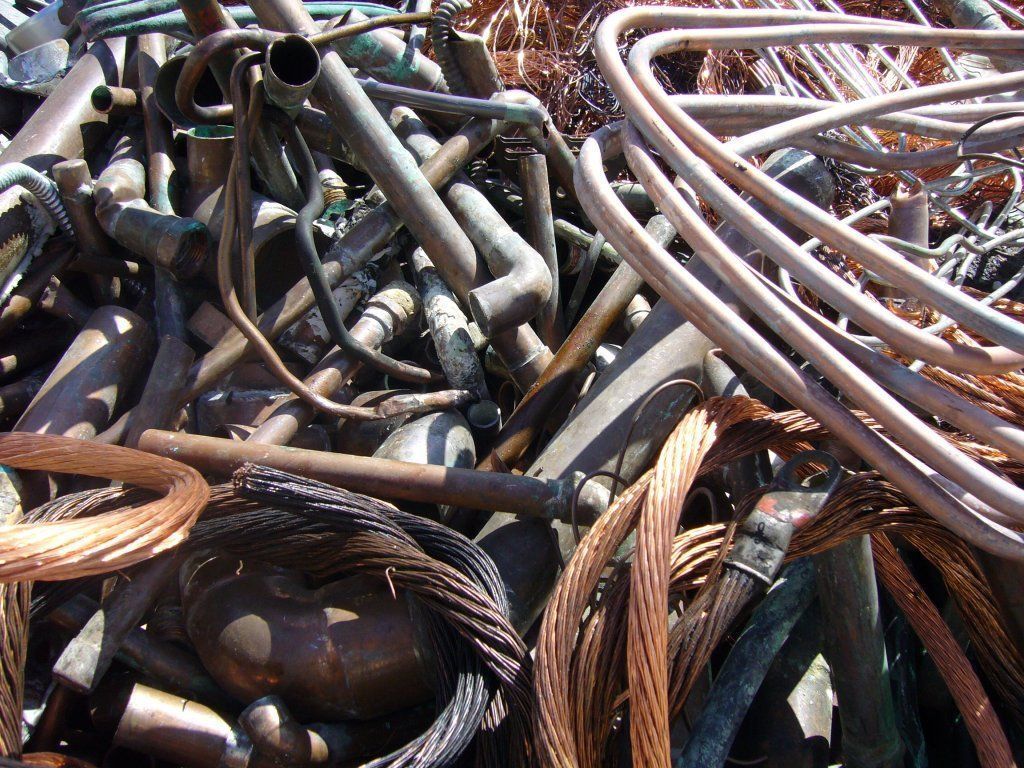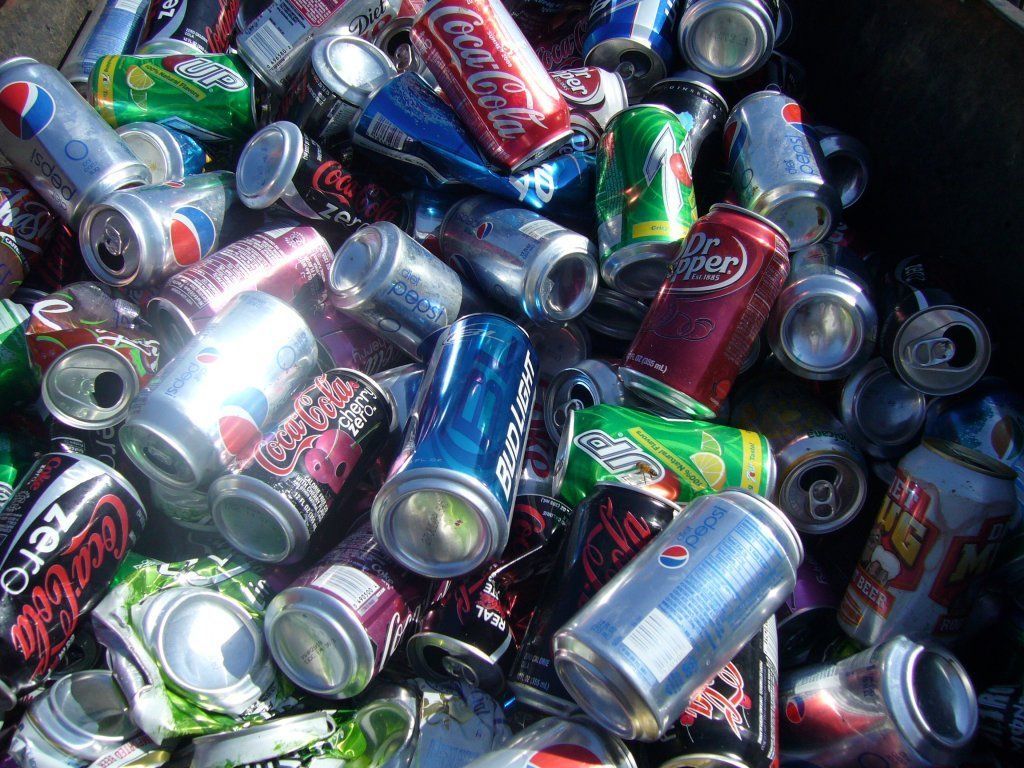Recycling in California: FAQS About CRV
What do you need to know about recycling in California? Recycling plastic, glass, and aluminum containers and products is an easy way to help the planet. But if you're new to recycling (or new to recycling in the state of California), you may have questions. If you're not sure where to start, take a look at the top questions about recycling and CRV products in California.
1. What Does CRV Mean?
You've seen these letters—but aren't sure what CRV stands for or how it applies to recycling. CRV is the California Redemption Value or the amount paid to consumers who choose to recycle specific types of containers at certified recycling centers. Think of the CRV as a refund you get when you return your used beverage containers to the state via a recycling center.
2. What Containers Qualify for CRV Refunds?
The CRV applies to some types of plastic, glass, and bi-metal beverage containers. According to the state of California, eligible containers include cans and bottles that hold beer and malt beverages, wine coolers, carbonated fruit drinks, carbonated water, soft drinks, noncarbonated fruit drinks, noncarbonated water, coffee beverages, tea beverages, fruit juice (only under 46 ounces), and vegetable juice (only 16 ounces or less).
Ineligible containers include those that hold milk, medical food, infant formula, wine, spirits, or food/non-beverages. If you're not sure whether a container qualifies, look at the label. The label should read California Redemption Value, CA Redemption Value, California Cash Refund, CA CRV, or CA Cash Refund.
3. How Much Is the CRV?
The California Beverage Container Recycling and Litter Reduction Act currently sets the redemption credit at 5 cents per container for containers under 24 ounces and 10 cents per container for those 24 ounces or more.
4. Why Is There a CRV?
The goal of this credit or refund is to encourage resident recycling. According to the state's statistics, the CRV program has encouraged Californians to recycle more than 300 billion plastic, glass, and aluminum containers since 1987.
Even though recycling may seem easy (and possibly even profitable), many Americans choose a landfill over a recycling center. The U.S. Environmental Protection Agency (EPA) notes that in 2018 only 8.7 percent of the 35 million tons of plastic waste in the United States was recycled. Just over 31 percent of the 12.3 million tons of glass waste and 34.9 percent of the 3.9 million tons of aluminum waste was recycled in the same year.
Items that are thrown in the trash and not recycled will end up in a landfill. According to the EPA, plastics can take between 100 and 400 years to break down. This means your plastic soda or water bottles could sit in a landfill for centuries before they begin to decompose. Even though centuries may seem like a long time, the EPA notes that glass bottles can take nearly one million years to eventually decompose.
Not only does recycling keep plastic, glass, and aluminum out of landfills, it can help to save energy. Instead of producing brand-new containers, the recycling process allows manufacturers to create usable products in a more efficient way.
5. Do All Scrap and Recycling Centers Offer a CRV Refund?
No, not all scrap or recycling businesses provide Californians with a CRV cash incentive to recycle. Only certified centers provide this credit. If you're not sure whether your local center accepts CRV containers, ask about the credit or contact the state for a list of certified providers.
Do you want to recycle your CRV plastic, glass, or aluminum containers? Contact Bruce Metal & Salvage for more information about recycling and metal scrapping in California.
